Picture a small town with not many inhabitants. A place that doesn’t look like any modern metropolis. There’s no subway, no skyscrapers. Streets are narrow and there are very few many vehicles.
Well, can you shoot street photography there?
It’s an excercise that I try to do whenever I happen to be in a place like that.
If you think about it, a village, a town, a city, and a metropolis all share the same trait: they’re a conglomeration of homes, shops, restaurants, bars, factories, and, ultimately, people, their lives, and the signs they leave behind. Street photography – although definitions abound – frames exactly that: signs of human life in a urban environment.
It seems to me that size should not matter that much, should it? How small can you go before it’s impossible to shoot street photography? Let’s find out by having a look at pictures I captured in various places in Italy.
Merano
Merano is one of the main cities in the Italian side of South Tyrol. Population: ~41,000.

Weather and light were a bit tricky here, but I came back home with several nice pictures. The size of the town did not pose a problem.
Aosta
Aosta is the main city in the Val d’Aosta region, Italy. Population: ~34,000.
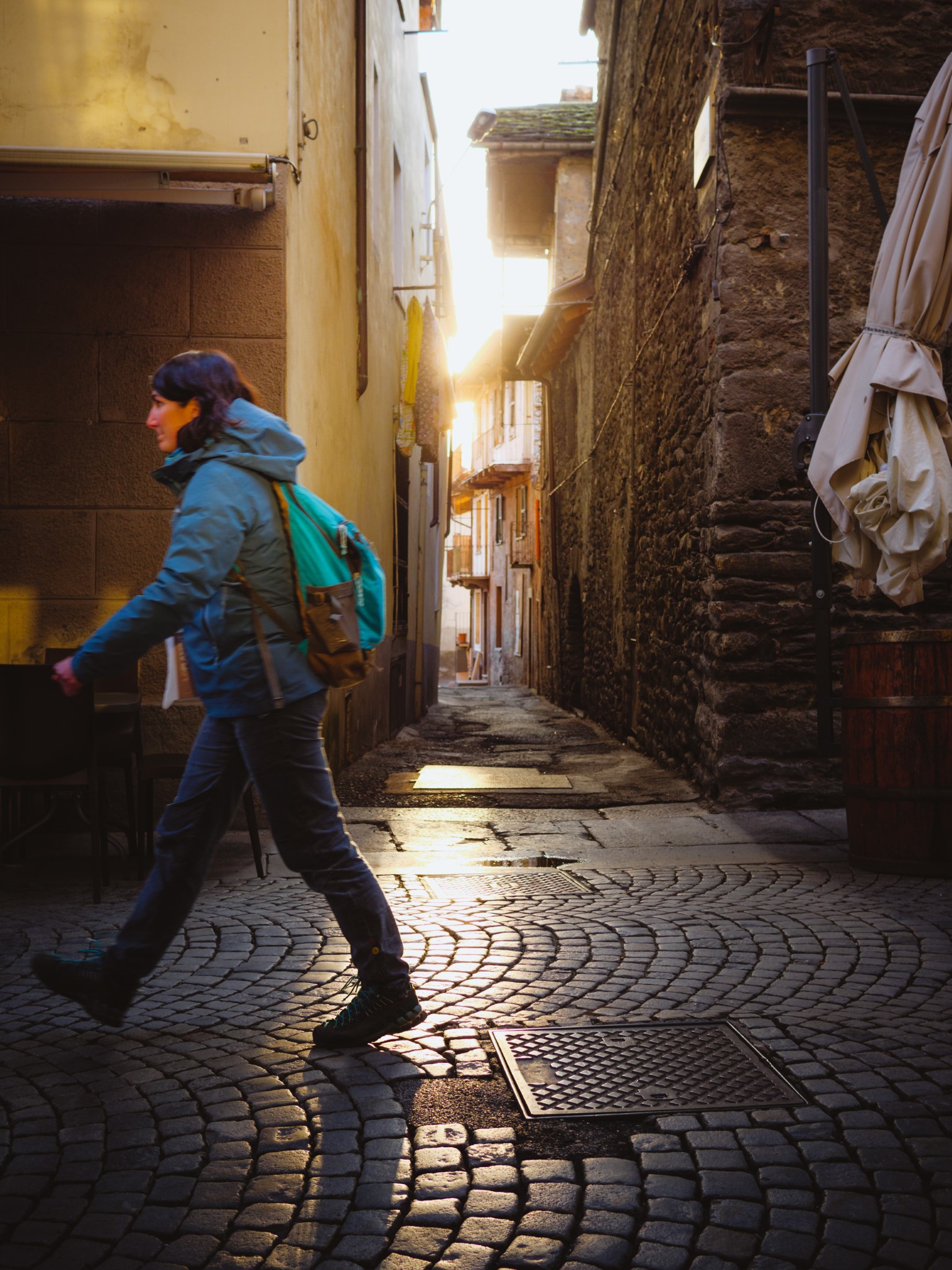
I shot quite a few good images here. Aosta is smaller than Merano, and it still worked fine for street photography.
Casale Monferrato
Casale Monferrato is the “capital” of the Monferrato area, Piedmont, Italy. Population: ~33,000.
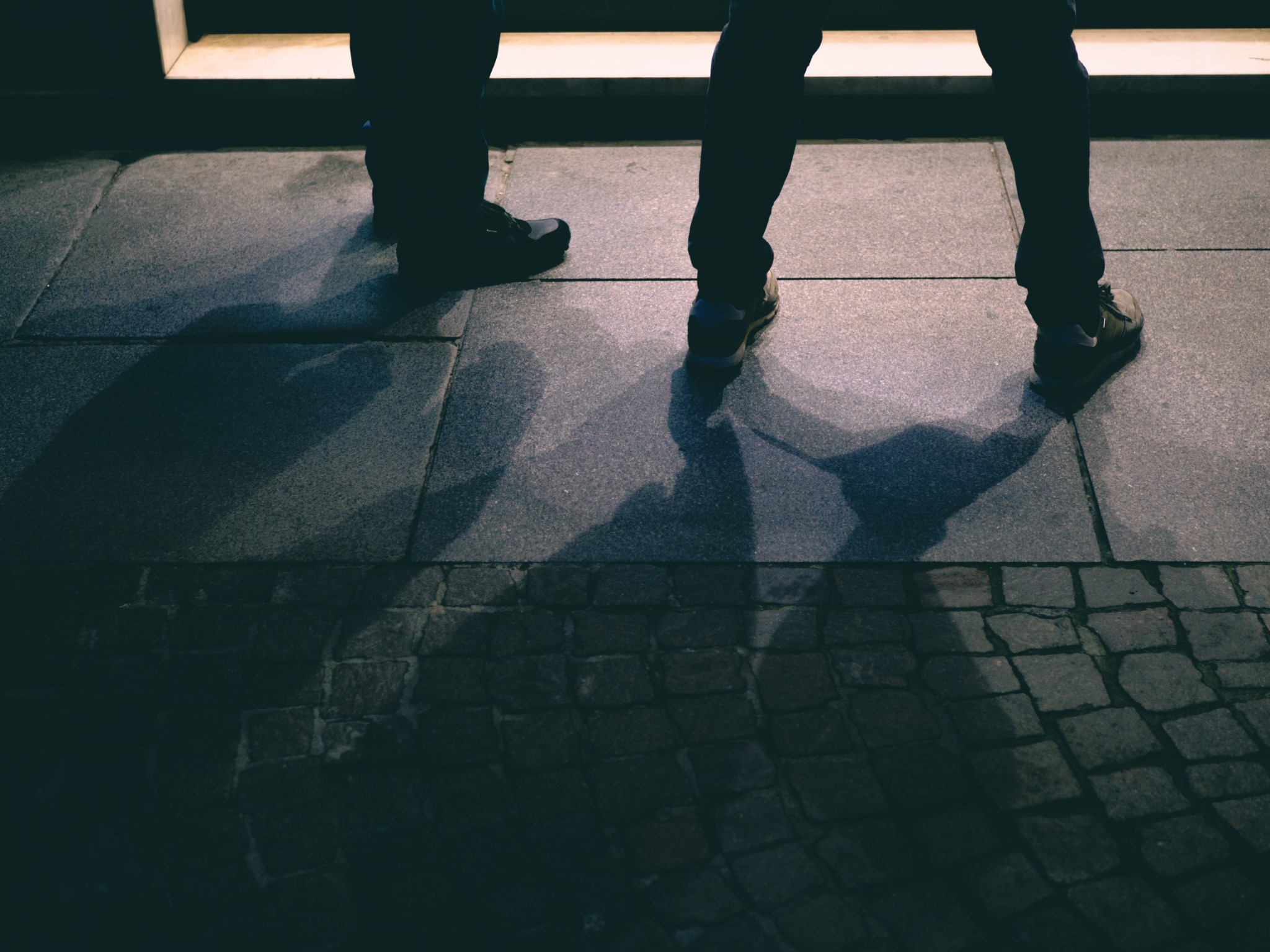
View the full gallery of Casale Monferrato.
Lovere
Lover is a town on Lake Iseo, Lombardy, Italy. Population: ~5,000.
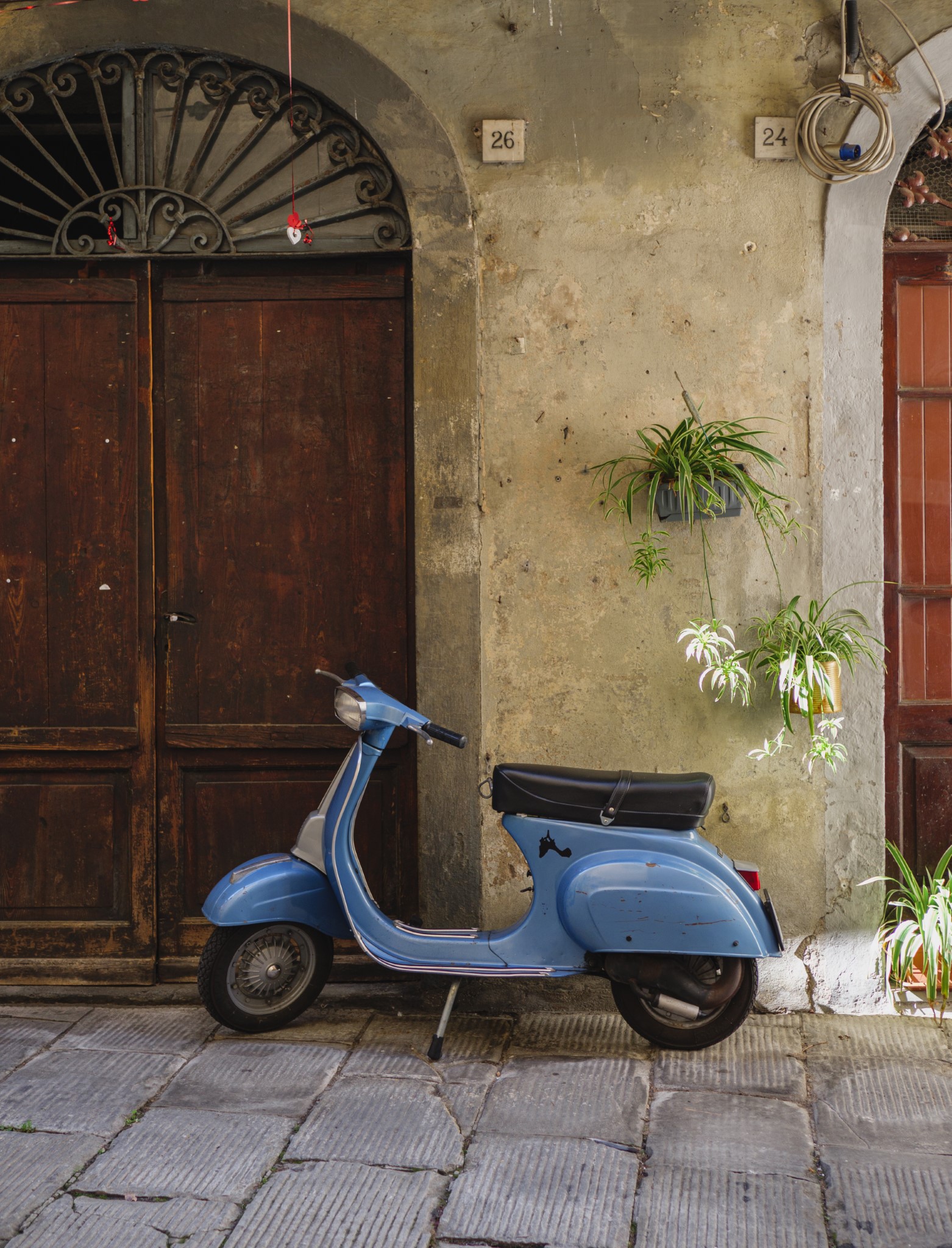
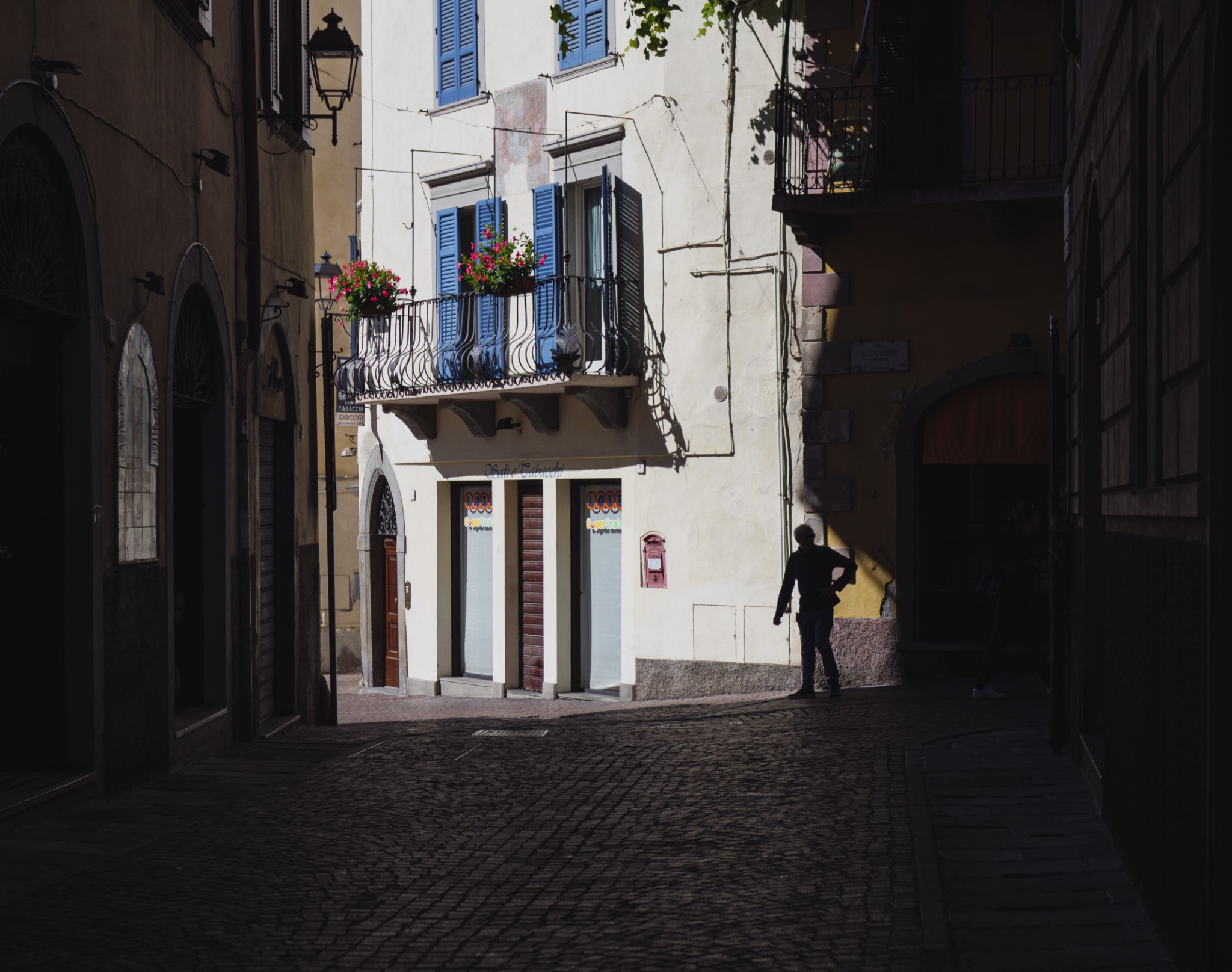


Mergozzo
Mergozzo is a small town on a small lake (with the same name) not far from Lake Maggiore in Piedmont, Italy. Population: ~2,000.
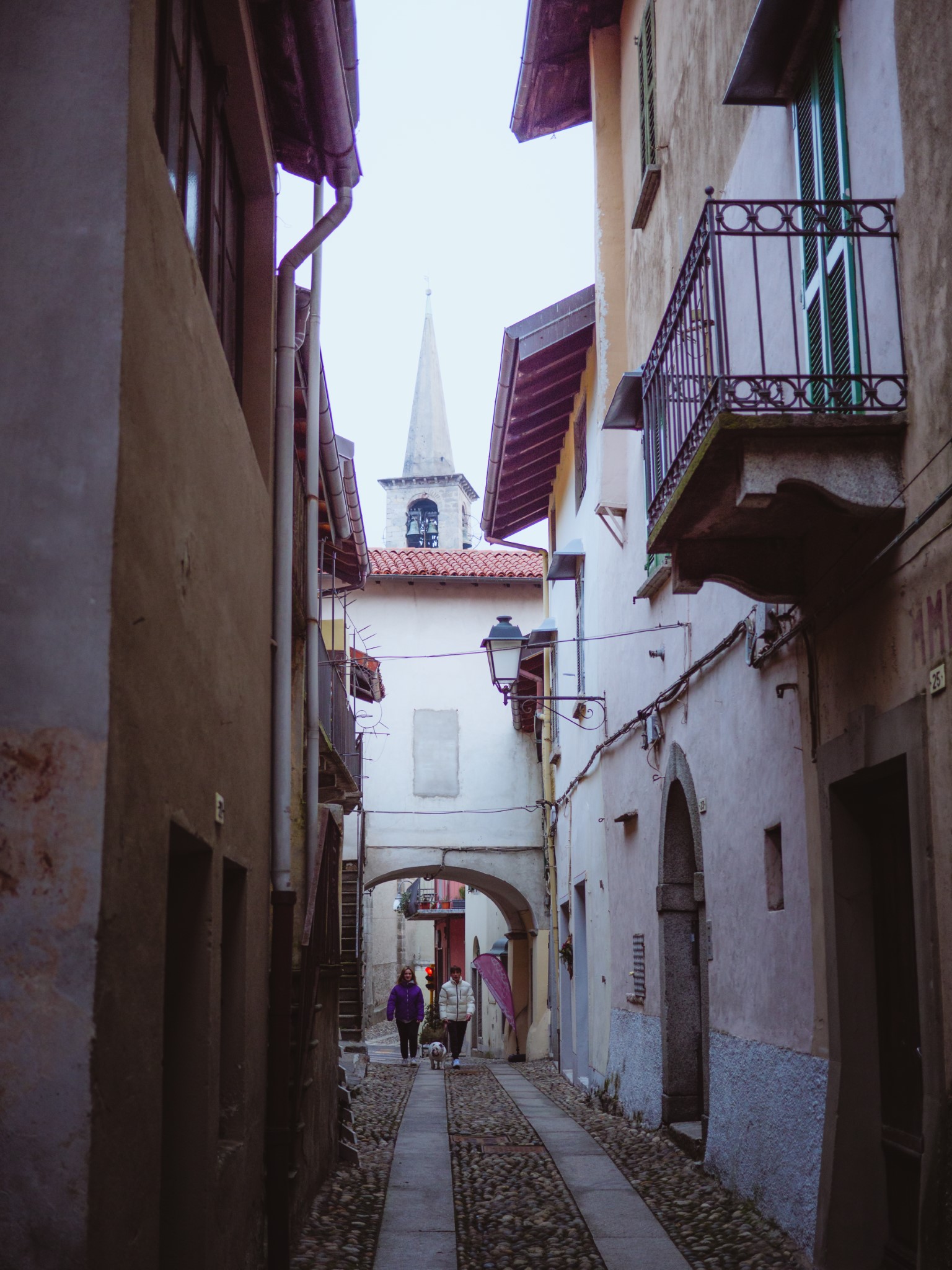
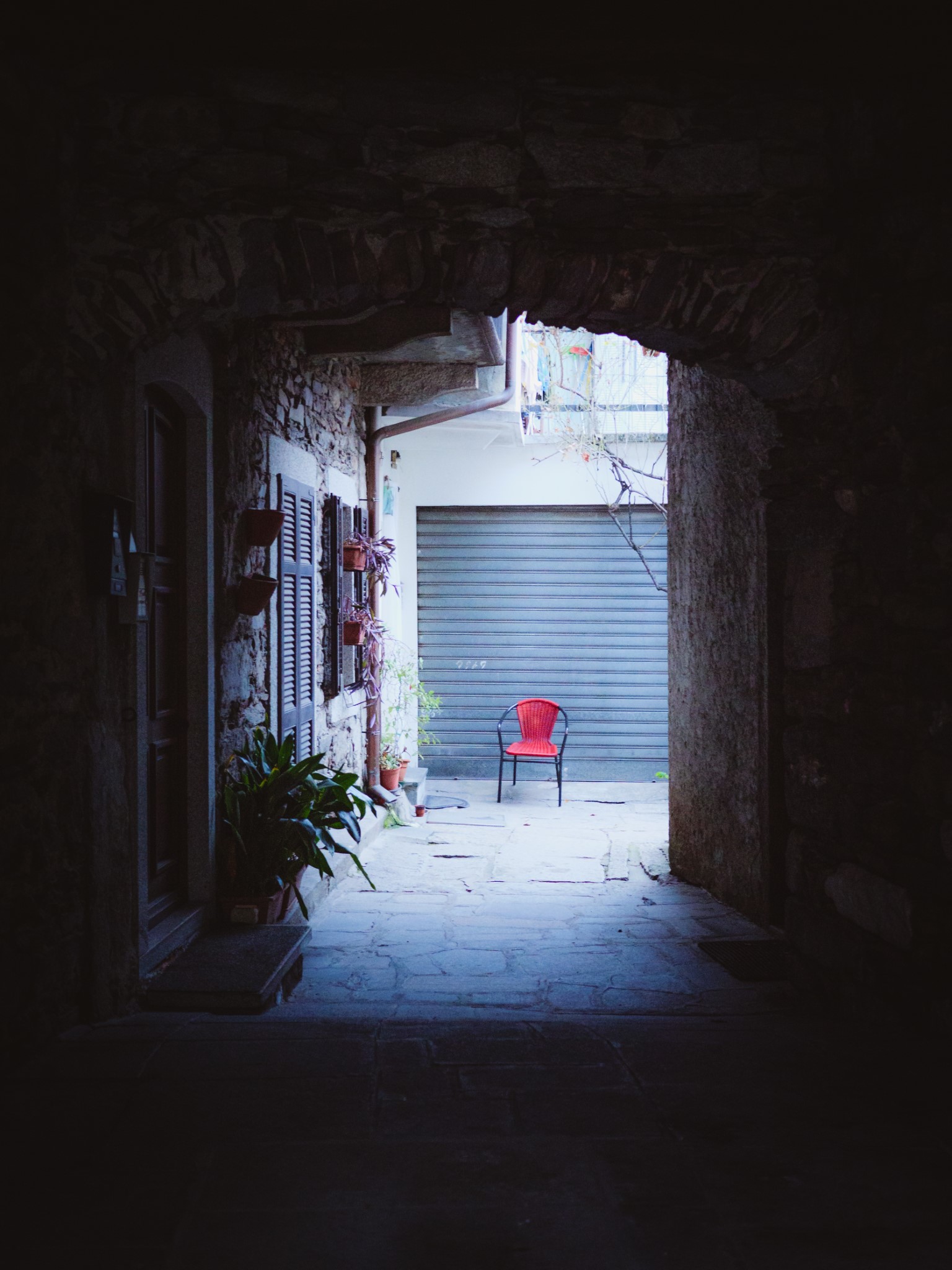
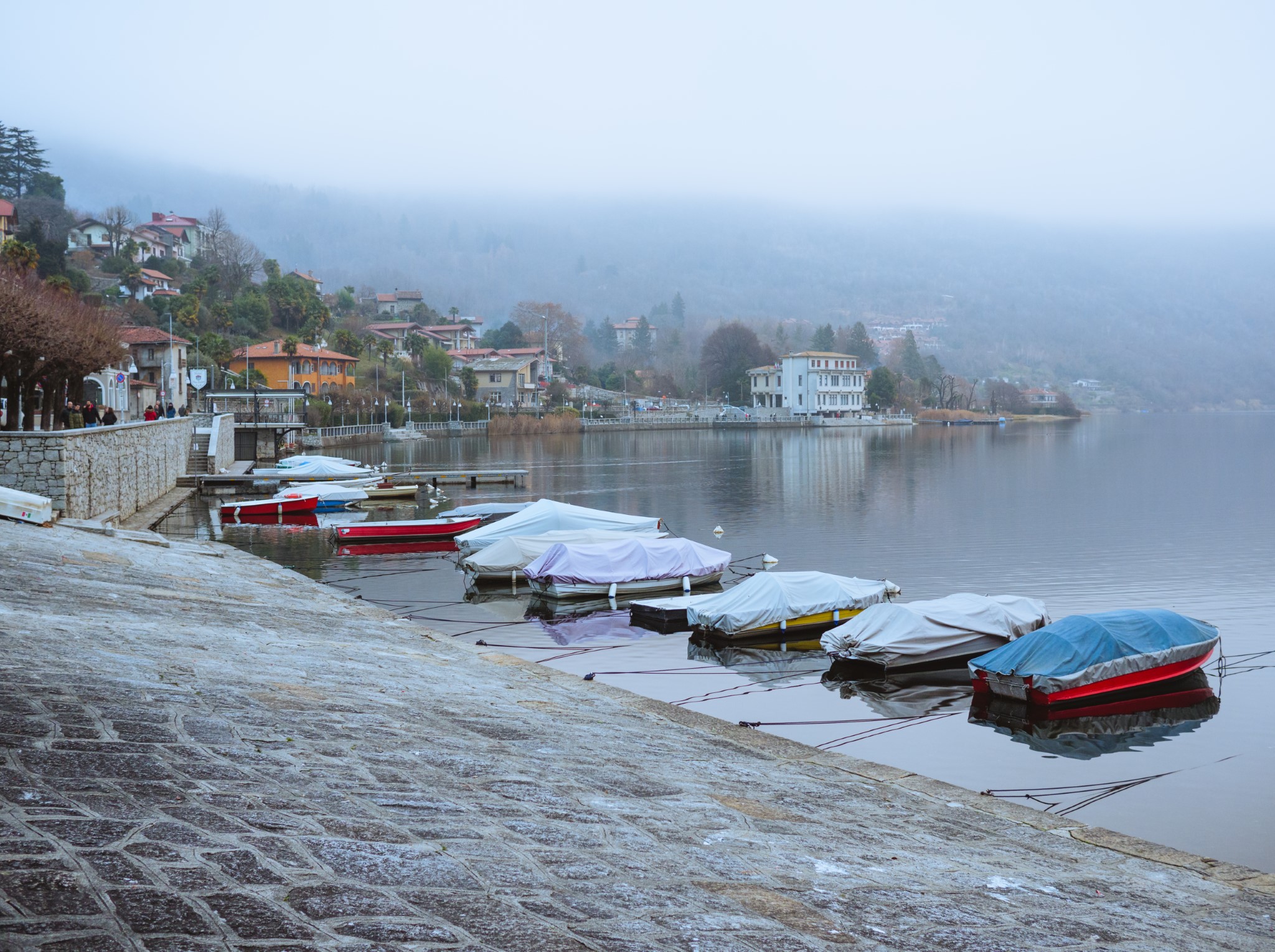

Cella Monte
Cella Monte is a medieval village in the Monferrato area, Piedmont, Italy. Population: ~500.
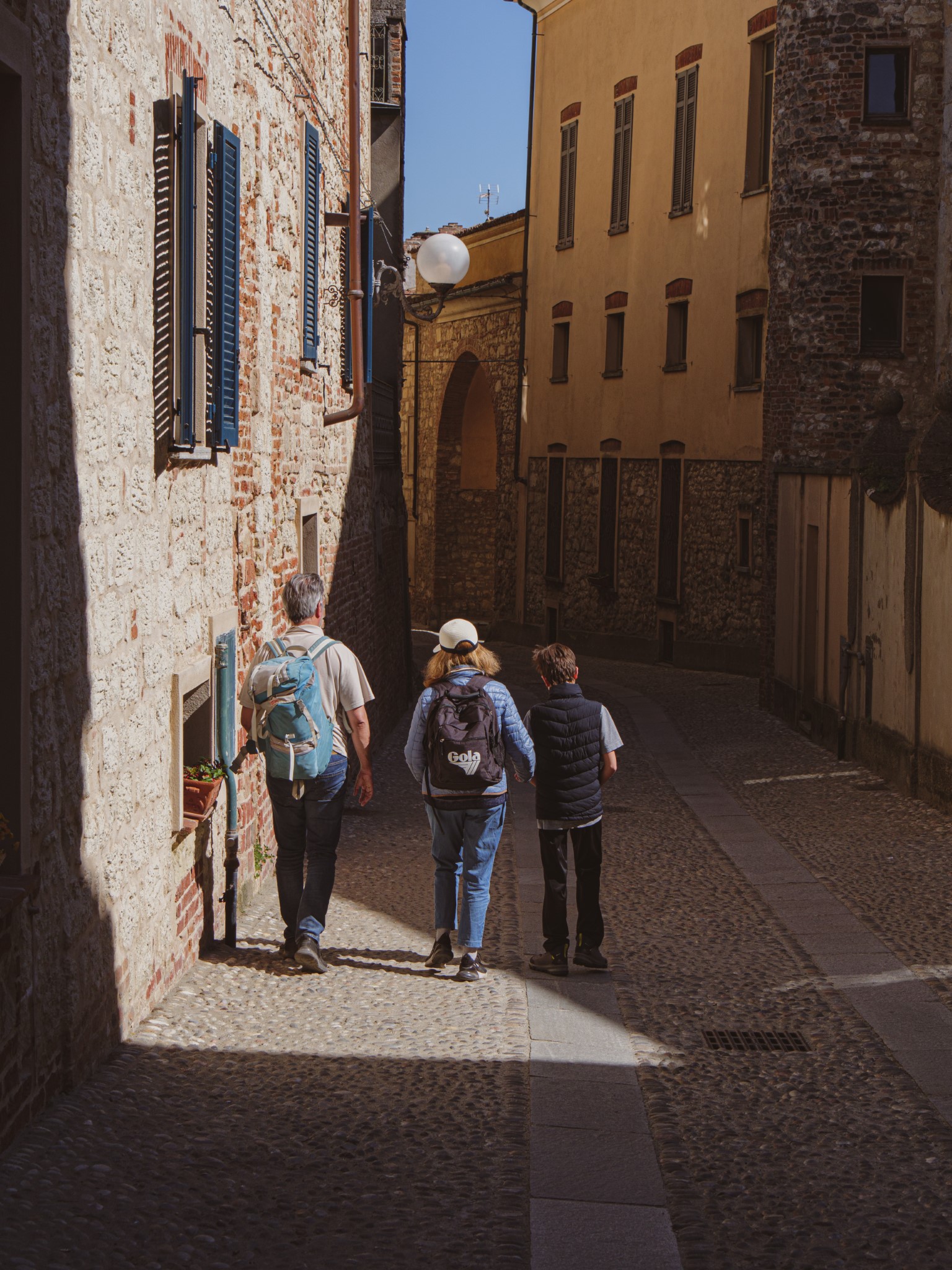
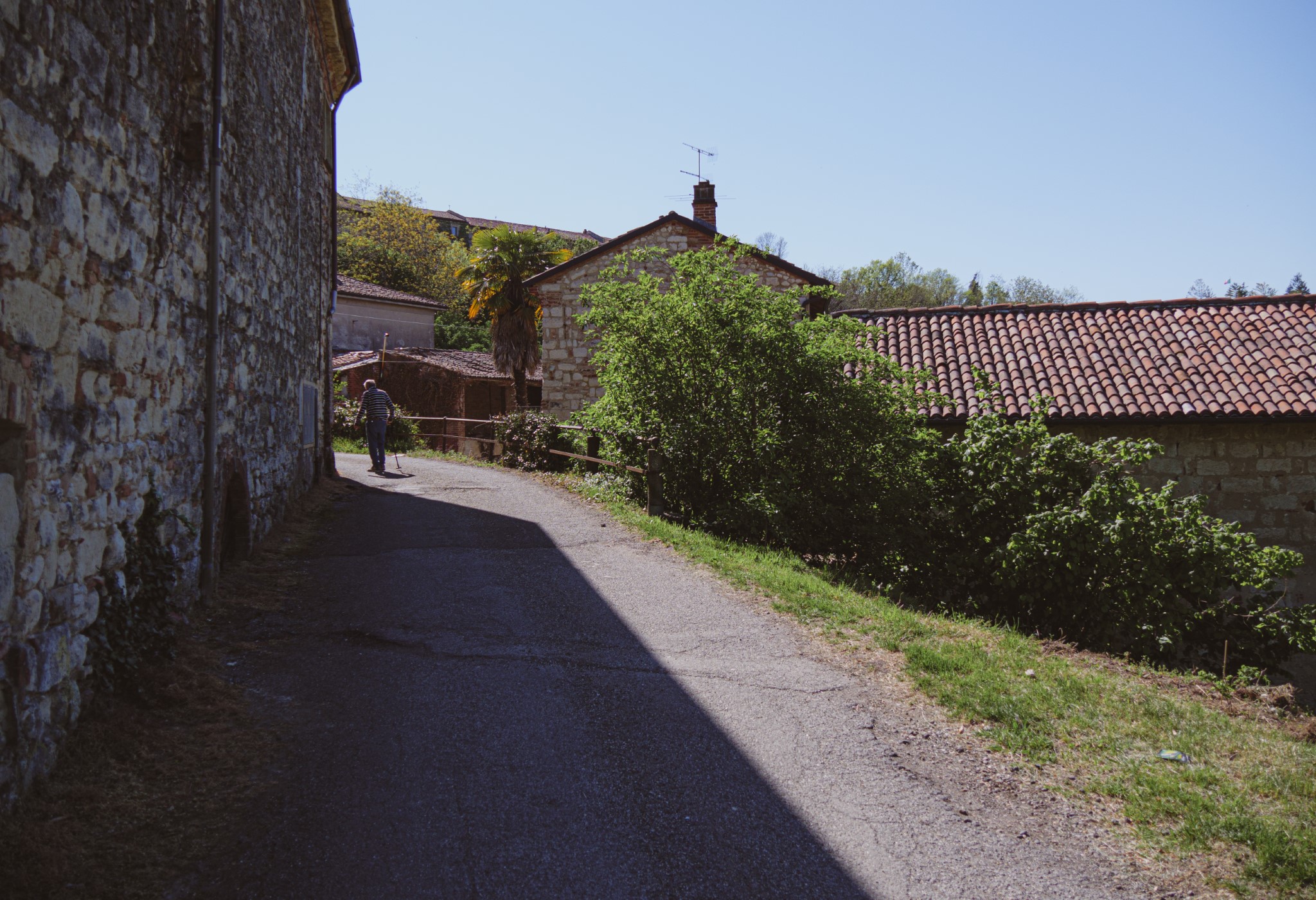
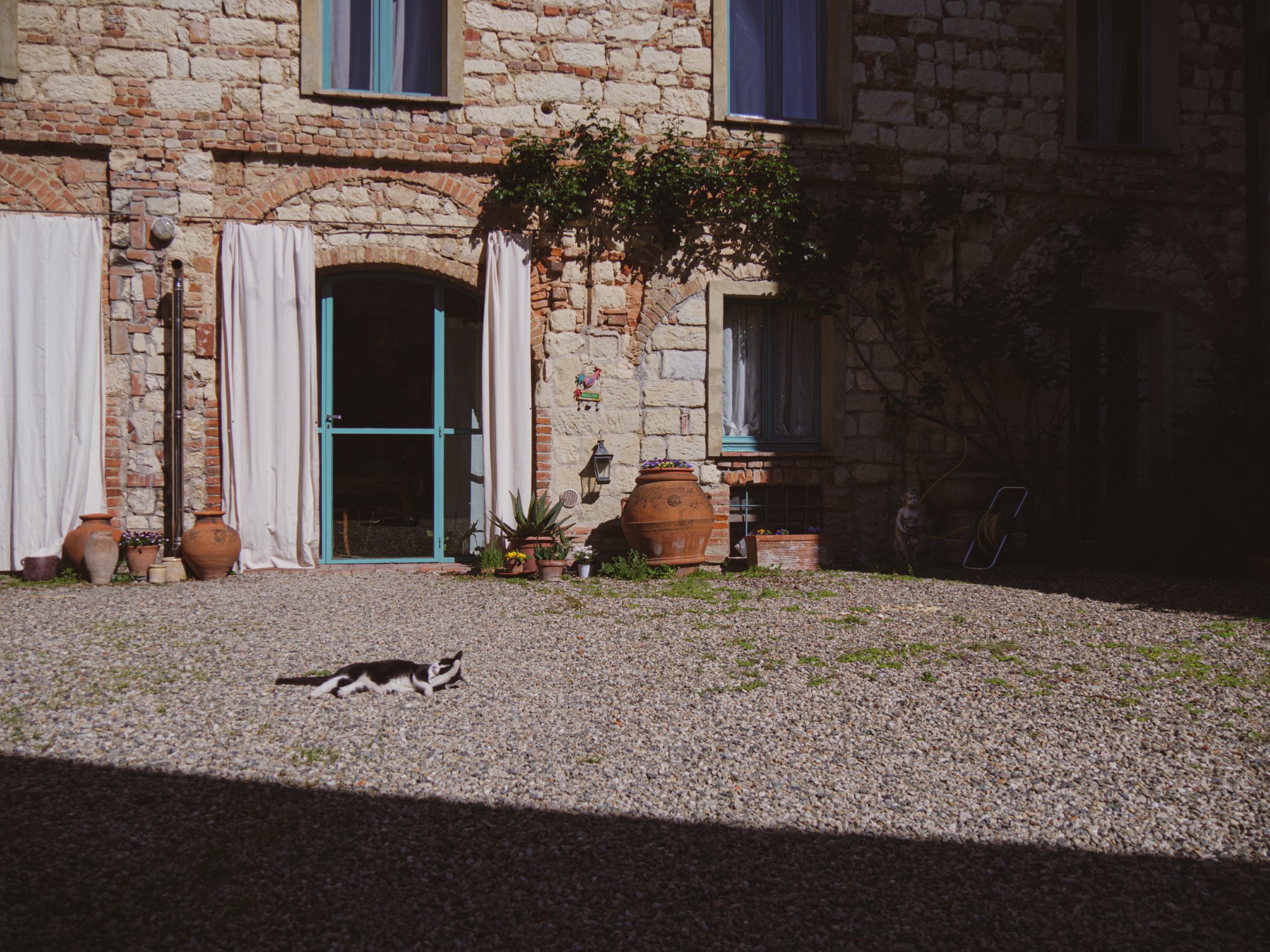
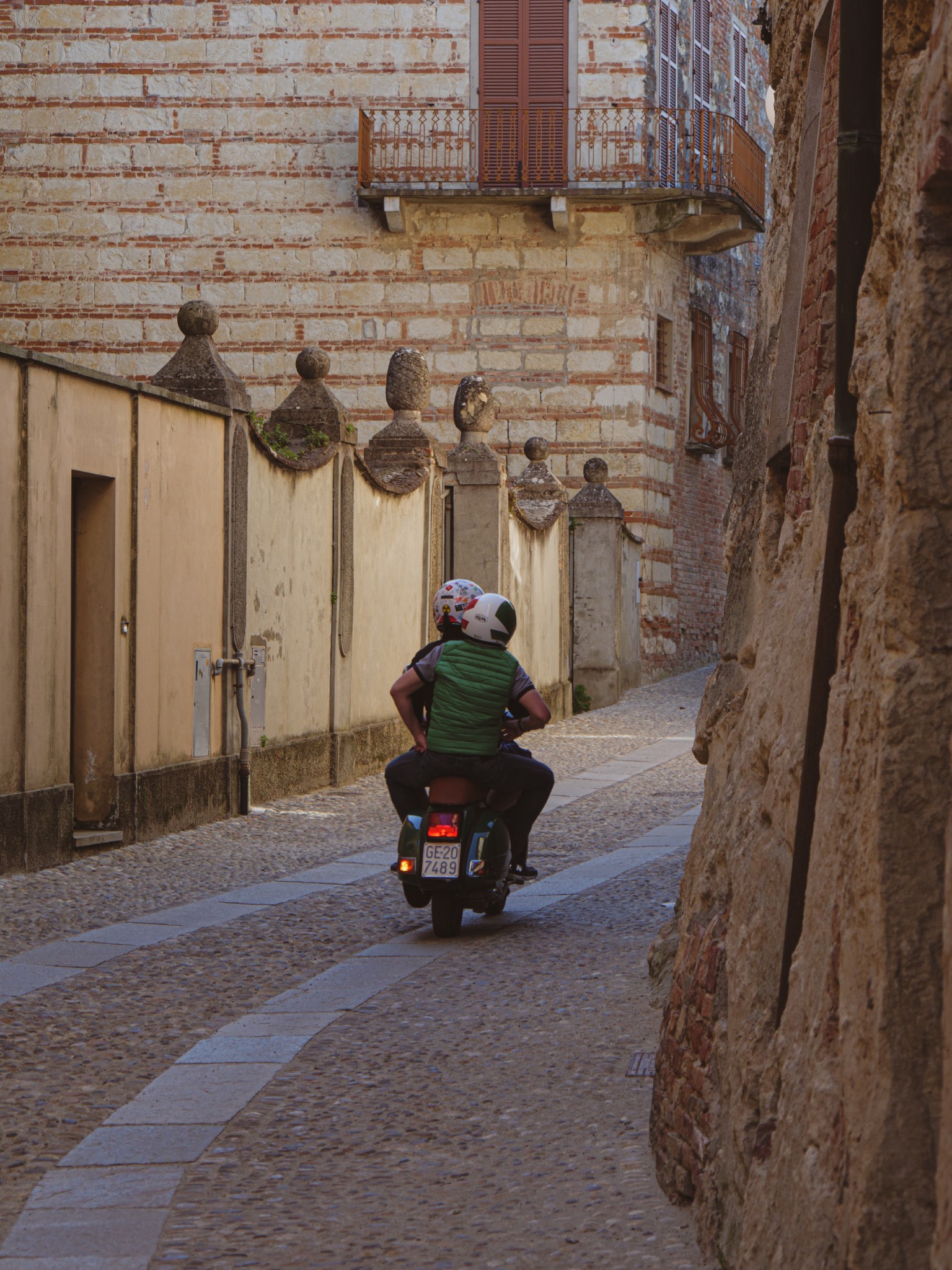
Conclusions
As you can see, it’s entirely possible to get good images in mostly any urban environment.
Of course, a large city offers many more opportunities than a small village, but the latter being quieter and less populated makes it easier to navigate and photograph, while also providing more chances to isolate subjects and, in some ways, discover stories to tell.
